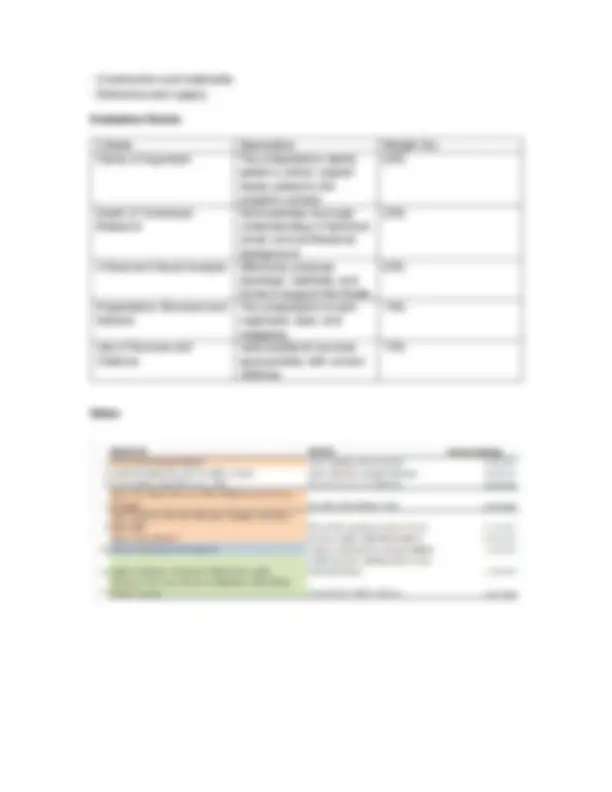



Prepara tus exámenes y mejora tus resultados gracias a la gran cantidad de recursos disponibles en Docsity

Gana puntos ayudando a otros estudiantes o consíguelos activando un Plan Premium


Prepara tus exámenes
Prepara tus exámenes y mejora tus resultados gracias a la gran cantidad de recursos disponibles en Docsity
Prepara tus exámenes con los documentos que comparten otros estudiantes como tú en Docsity
Los mejores documentos en venta realizados por estudiantes que han terminado sus estudios
Estudia con lecciones y exámenes resueltos basados en los programas académicos de las mejores universidades
Responde a preguntas de exámenes reales y pon a prueba tu preparación

Consigue puntos base para descargar
Gana puntos ayudando a otros estudiantes o consíguelos activando un Plan Premium
Comunidad
Pide ayuda a la comunidad y resuelve tus dudas de estudio
Descubre las mejores universidades de tu país según los usuarios de Docsity
Ebooks gratuitos
Descarga nuestras guías gratuitas sobre técnicas de estudio, métodos para controlar la ansiedad y consejos para la tesis preparadas por los tutores de Docsity
elements of history of architecture of XX century
Tipo: Esquemas y mapas conceptuales
1 / 2

Esta página no es visible en la vista previa
¡No te pierdas las partes importantes!


Course: History of Architecture III Universidad San Francisco Date: assigned to each group Objective Guide students in preparing an analytical presentation of a key architectural project, using historical-critical methods to develop a strong argument about its significance in relation to its time, context, and architectural discourse. Learning Outcomes
Depth of Contextual Research Demonstrates thorough understanding of historical, social, and architectural background.
Critical and Visual Analysis Effectively analyzes drawings, materials, and forms to support the thesis.
Presentation Structure and Delivery The presentation is well- organized, clear, and engaging.
Use of Sources and Citations Uses academic sources appropriately with correct citations.
Dates